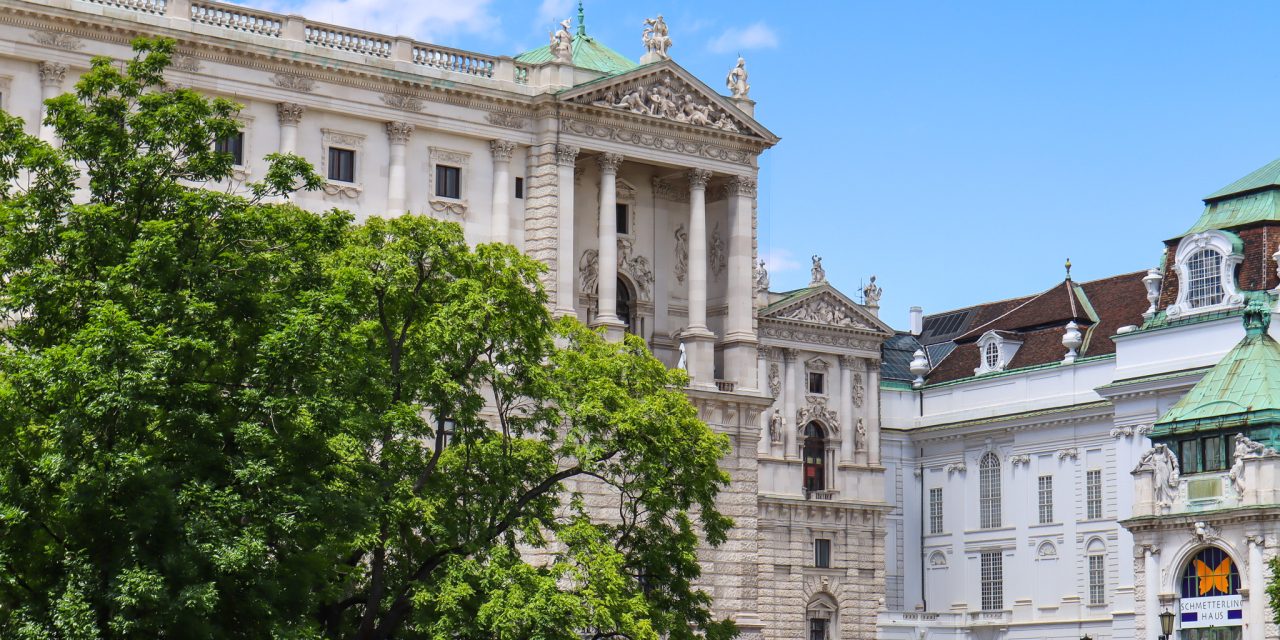Some places live in our memories rent free, not because we’ve been there, but because we’ve seen them on screen. When storytelling meets location, fiction starts to feel like reality, and leaves its mark on us.
From Tom Cruise dangling off the State Opera in Mission Impossible, to James Bond walking its elegant streets, and the romantic encounters in Before Sunrise, Vienna has been the stage for spies, lovers, and unforgettable stories. Authentic film locations shape how we experience stories and even how we choose our next destination. With insights from location scout Franck Hakkert and recent documentary sources, I explored how real-world locations move from silent scenery to starring roles.
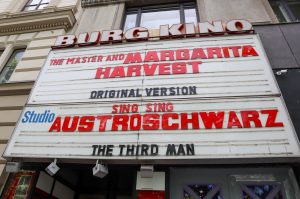
Local cinema in Vienna, featuring The Third Man (famous movie shot in Vienna)
While Vienna is a good example of a city that comes alive on screen, it’s far from the only place capturing filmmakers’ imaginations around the world. Francis Lawrence, director of The Hunger Games: The ballad of Songbirds and Snakes, doesn’t like to fake it. In an interview with online magazine Condé Nast Traveler, he shared his preference for filming on real sets across Germany and Poland, saying, “I didn’t want to be in giant green screen and blue screen environments and to be doing everything digitally. It’s not as immersive for the actors or the crew and I wanted to root everything in reality.”
To better understand the role of film locations, I spoke with Franck Hakkert, a former producer and one of the Netherlands’ first professional location scouts. “Back in the day, everything was filmed in studios,” he explained. “But studios were expensive, and they just didn’t look real enough.” That demand for authenticity opened the door to a new profession. Hakkert began scouting locations, and he quickly discovered a passion for it. Eventually, he founded The LocationBank, a company to find filming locations in the Dutch film industry. For Hakkert, real locations still matter, both for credibility and emotional impact. “It’s more believable when it’s real,” he said. Though the internet and CGI (Computer Generated Images) have changed the industry, he believes physical spaces can’t be fully replaced.
And science backs him up. A 2023 study by Natheer Abu-Obeid and Lama Abuhassan, published in the International Journal of Architectural Research, found that architecture in film has a measurable emotional impact on audiences. Their research shows that things like space, light, and structure shape not just the setting, but how we feel about it. A wide open space with soft lighting might relax you, but a shadowy gothic tunnel gives you instant anxiety. These design choices portray real live responses and, according to the study, offer valuable insights not only for filmmakers but for architects, too. As you can imagine, Vienna’s elegant architecture and its atmosphere can transport an audience into different moods and times.

Vienna Opera State House
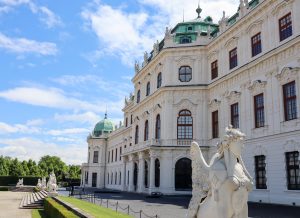
Belvedere Palace, Vienna
But film locations don’t just stay on the screen. They influence where we go in real life. A study conducted by The University of Malaga Films and Destinations – Towards a Film Destination: A Review, explores how movies shape our travel dreams. According to them, portrayals of places in movies create what they call “secondary images”: emotional impressions of places we’ve never visited, but somehow feel connected to. One minute you’re watching Killing Eve in your pajamas, the next you’re booking a flight to Vienna, Paris, or Berlin.
And the numbers don’t lie. A study by Future Market Insights reports that in 2024, the global film tourism market hit 61.1 billion USD , thanks to shows like Game of Thrones, The Witcher, and Black Panther. Between 2020 and 2024, the industry grew steadily at a 7.5% CAGR (Compound Annual Growth Rate), and that pace is only picking up. From 2025 to 2035, the market is expected to grow at an 8.2% CAGR, reaching 145.9 billion USD by 2035.
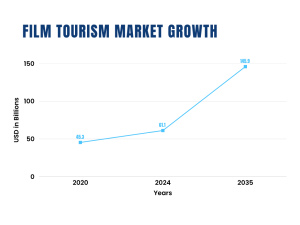
Data Visualization Film Tourism Market Growth
The rise of streaming platforms have boosted this effect. According to a 2025 Nielsen report, nearly half of all TV viewing time now happens via streaming, giving viewers endless access to international content at all hours. When a movie or show trends globally, it’s not just fans who benefit, it’s also the cities, towns, and landscapes that become stars.
This phenomenon has become a serious thing in destination marketing. Cities once known only to locals are now on a lot of bucket-lists. But it’s a blessing and a curse: portray a place poorly, or inaccurately, and you might scare off potential tourists or disappoint the ones who come. That’s why researchers stress the need for collaborations between filmmakers and destination marketers. It’s not just about beautiful cinematic shots, it’s about storytelling that respects the reality behind the fiction.
Franck Hakkert has seen the impact of film tourism too. “It is clear it is a thing with the big movies, like the popular bench in Amsterdam from The Fault in Our Stars,” he said. “I notice it in my database as well because I can see that people search for locations from well-known movies.” Still, Hakkert believes this kind of tourism rarely causes harm. “I think people are well aware that it’s fiction.”
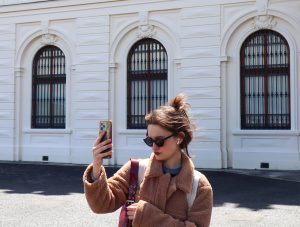
Woman taking pictures at Belvedere Palace
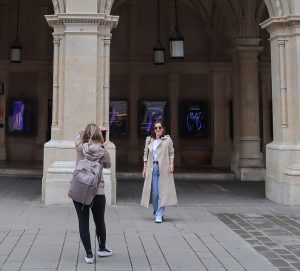
Women taking pictures at Vienna State Opera
